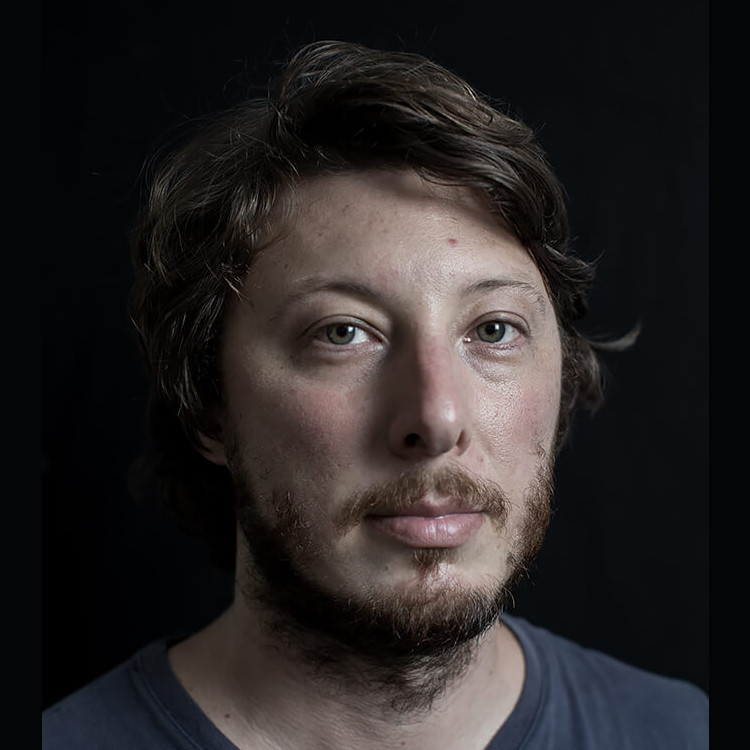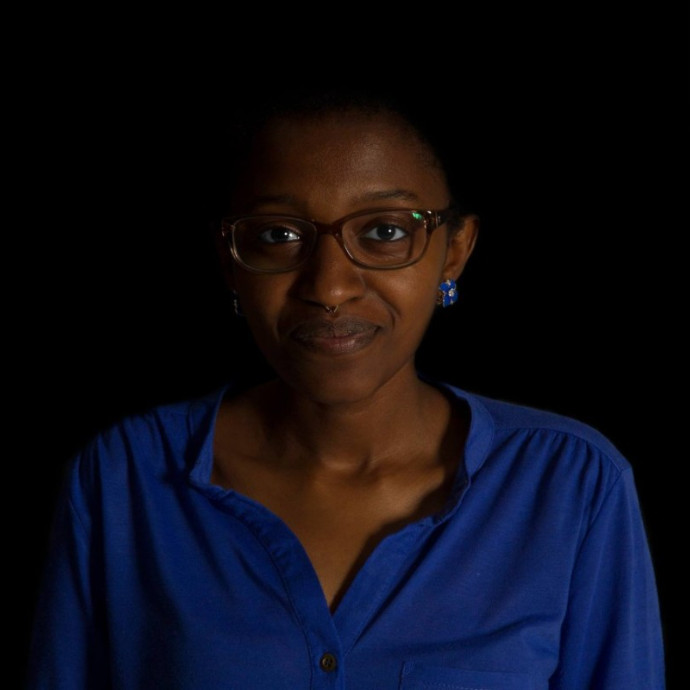All photos were selected and approved in line with the 2022 competition’s rules and selection criteria.
“Everything photographers do is to mitigate the fact they are telling someone else’s story. There is no pure ethical photography practice: all we can do is strive is to be as ethical as possible”
– paraphrased from Sarah Waiswa (documentary photographer)





The panel was active at two different stages within the competition proceedings.
Through this process we hope to ensure that any photos selected for publication have a robust grounding in ethical photography practices, and represent their subject matter with dignity and respect.





The competition closes on August 31st. If any of your photographs are selected for publication, you will be contacted in early November regarding next steps. The winners and shortlisted entrants will be announced in late November.
Before entering, please read the Rules and Guidelines carefully as all entrants have to acknowledge acceptance of them during the online registration process.